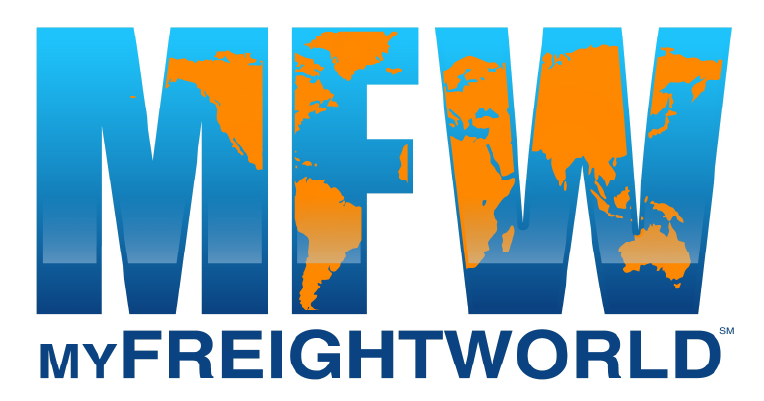
Introduction
The most significant change to freight classification since 1935 will arrive on July 19, 2025. The National Motor Freight Classification (NMFC) system is being overhauled, shifting from a commodity-based model to a standardized, density-driven approach.
If you’re moving LTL freight, this change will directly impact how your shipments are classified, priced, and audited.
At MyFreightWorld, we’ve taken the time to understand the details so you can focus on your business. This blog challenges your current strategy and shows how we can help protect your margins, reduce risk, and elevate your shipping process.
What’s Changing in the NMFC System?
For decades, freight classes were defined by product-specific listings. That’s changing.
Key Changes Include:
-
A 13-tier density-based classification model
Freight class will now primarily be determined by shipment density instead of commodity names. -
Consolidation and modernization of over 5,000 listings
Redundant or outdated commodity definitions are being removed or merged. -
Introduction of shipment-specific identifiers
Attributes such as stowability, handling requirements, and liability will now be more clearly documented.
These changes will simplify classification for carriers and shippers alike — but they also demand precision from every LTL shipment.
The Risks of Inaccurate Classification
Failure to adapt to this new model could result in:
-
Higher freight invoices from density-based reclassification
-
Increased back-end billing and invoicing discrepancies
-
Delays and chargebacks due to misclassified freight
-
Frustrated customers when final rates vary from quoted estimates
In short, freight classification can no longer be an afterthought. Your data, packaging, and documentation need to reflect the realities of a density-first system.
What Can You Do Right Now?
1. Build Your LTL Shipper Profile Packet
The best way to prepare for the upcoming NMFC changes is to understand how your freight is currently classified and how it may be affected under the new density-based model.
We recommend every LTL shipper build a Shipper Profile Packet that includes:
-
A summary of your current freight classes by product or SKU
-
Historical shipment data showing actual weights and dimensions
-
Average density calculations across your most common loads
-
A comparison of current vs. anticipated freight class under the new NMFC structure
-
A checklist of packaging and documentation standards
-
Notes on how your preferred carriers handle freight inspections and reclassifications
This packet becomes a critical internal tool that helps your logistics, operations, and finance teams stay aligned — and it gives you more leverage when working with carriers or brokers.
Need help on this? Partner with MyFreightWorld to review, validate, and co-develop a profile that fits your operation and your carriers.
We’re here to support you, whether that’s offering guidance on what to include or helping you benchmark your freight against industry trends.
2. Evaluate and Align Dimensioning Technology
Accurate density is now the single most important factor in correct LTL pricing. The more precise your measurements, the more consistent your rates.
We recommend dimensioning technology based on your shipment volume:
| Volume Per Day | Automation Level | Recommended Solutions |
|---|---|---|
| 25+ handling units | High Automation | Cubiscan, Rice Lake |
| 10–25 handling units | Mid Automation | FreightSnap |
| <10 handling units | Low Automation | Load Metrix |
3. Best Practices to Prepare for Density-Based Pricing
-
Ensure accurate dimensions and weight are listed on the BOL
-
Review palletization strategy and packaging efficiency
-
Fit freight into standard footprint skids wherever possible
-
Open a dialogue with your carriers to understand how they’re preparing
In short, you will need to simplify processes, ensure measurement accuracy, and reduce rate discrepancies. Shippers who fail to do this risk falling behind as density-based pricing becomes the industry norm.
Let’s Get Started
Our team is actively reviewing LTL client profiles and preparing readiness audits. If you would like to discuss your current strategy or have your shipment data reviewed ahead of the July rollout, now is the time to act.
Contact your MyFreightWorld account executive or schedule a call today to begin your NMFC reclassification readiness plan.
